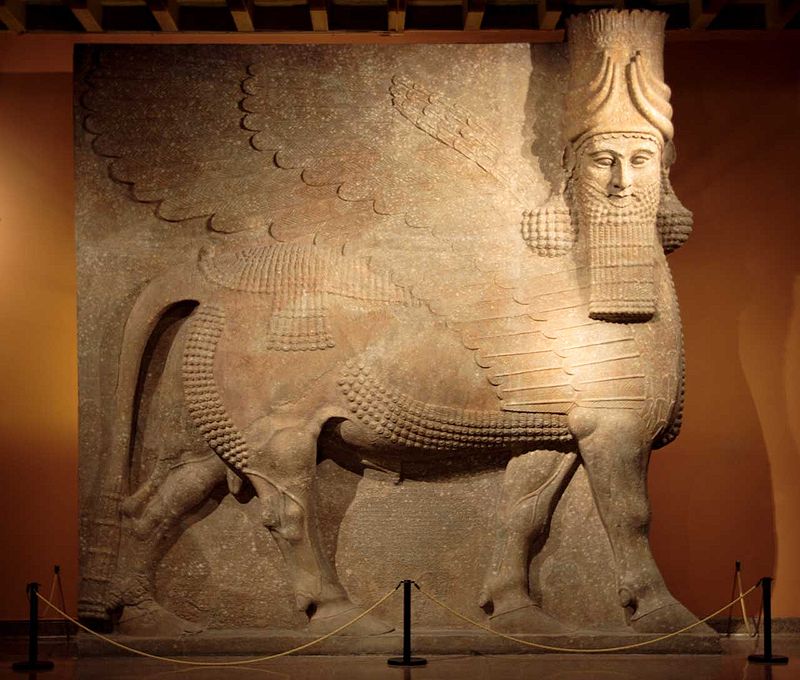
BAGHDAD — Iraq’s government is investigating reports that the ancient archaeological site of Khorsabad in northern Iraq is the latest to be attacked by the Islamic State militant group.
Adel Shirshab, the country’s tourism and antiquities minister, told The Associated Press there are concerns the militants will remove artifacts and damage the site, located 15 kilometers (9 miles) northeast of Mosul. Saeed Mamuzini, a Kurdish official from Mosul, told the AP that the militants had already begun demolishing the Khorsabad site on Sunday, citing multiple witnesses.
On Friday, the group razed 3,000-year old Nimrod and on Saturday, they bulldozed 2,000-year old Hatra — both UNESCO world heritage sites. The move was described by UN Secretary General Ban Ki Moon as a “war crime.”
Khorsabad was constructed as a new capital of Assyria by King Sargon II shortly after he came to power in 721 B.C. and abandoned after his death in 705 B.C. It features a 24-meter thick wall with a stone foundation and seven gates.
Since it was a single-era capital, few objects linked to Sargon II himself were found. However, the site is renowned for shedding light on Assyrian art and architecture.
The sculptured stone slabs that once lined the palace walls are now displayed in museums in Baghdad, Paris, London and Chicago.
The Islamic State group currently controls about a third of Iraq and Syria. The Sunni extremist group has been campaigning to purge ancient relics they say promote idolatry that violates their fundamentalist interpretation of Islamic law. A video released last week shows them smashing artifacts in the Mosul museum and in January, the group burned hundreds of books from the Mosul library and Mosul University, including many rare manuscripts.
At a press conference earlier Sunday, Shirshab said they have called for an extraordinary session of the U.N. Security Council to address the crisis in Iraq.
“The world should bear the responsibility and put an end to the atrocities of the militants, otherwise I think the terrorist groups will continue with their violent acts,” he said.
Associated Press writer Vivian Salama contributed in Baghdad to this report.